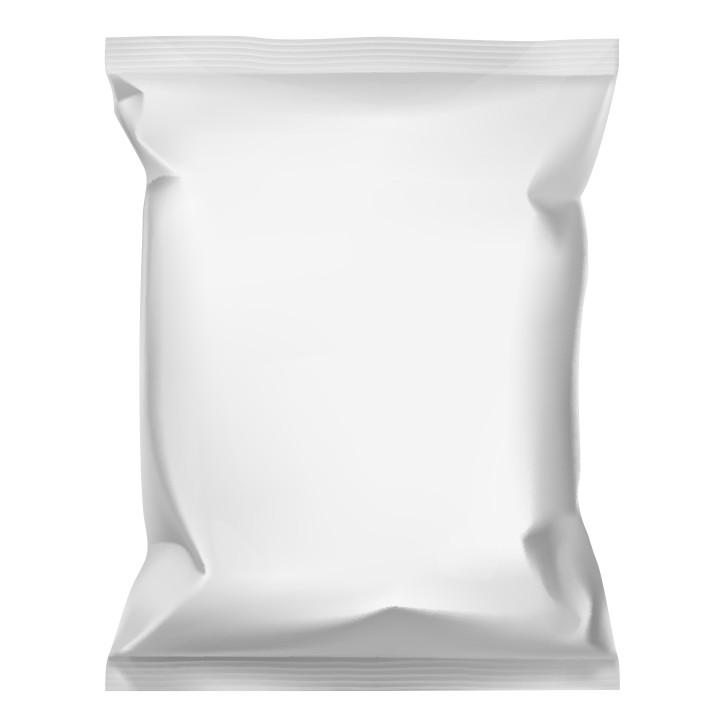This story about grocery giant Kroger filing an infringement lawsuit against Lidl, a new entrant into the U.S. market, raised my marketer’s radar.
Kroger alleges Lidl’s “Preferred Selection” brand for private label products infringes on Kroger’s “Private Selection” brand.
Here are the basics of the suit from Supermarket News… And the Richmond Times Dispatch…
With all of the copycatting that goes on in the consumer brand arena, the allegation seems like a stretch but, then again, I didn’t go to law school. But it did get me thinking about where the borders really are. How far can you go in copying someone else’s brand?
We’re certainly all familiar with going to a drugstore and seeing the house brands next to the famous brands. The similarities of packaging are in the family but enough different as not to cause legal action—but what are the rules?
The answer to that question, as it turns out, is as clear as mud. You get into “fast followers” (companies that imitate their competitors) and “trade dress” strategies (the legal definition for the visual characteristics of a product or its packaging).
I’m just starting my research on the topic, but I thought I’d bring you in and hope you might have some knowledge of the subject you’d like to share.
Here are a few resources worth reviewing…
First, an excellent piece from Packaging Digest titled, “Take legal measures to protect packaging…”
Getting into the weeds, “Can you copyright your label? Yes… well, no… well, partly…”
From the UK perspective, “Where do brands stand when it comes to copycat packaging?”
And from Design for Founders, “In Defense of Copying Design…”
About being a first mover or a fast follower…
Posted in JULY 2017 / Chuck Green is the principal of Logic Arts, a design and marketing firm, a contributor to numerous magazines and websites, and the author of books published by Random House, Peachpit Press, and Rockport Publishers. He resides in Glen Allen, Virginia. Contact.




Thoughts?